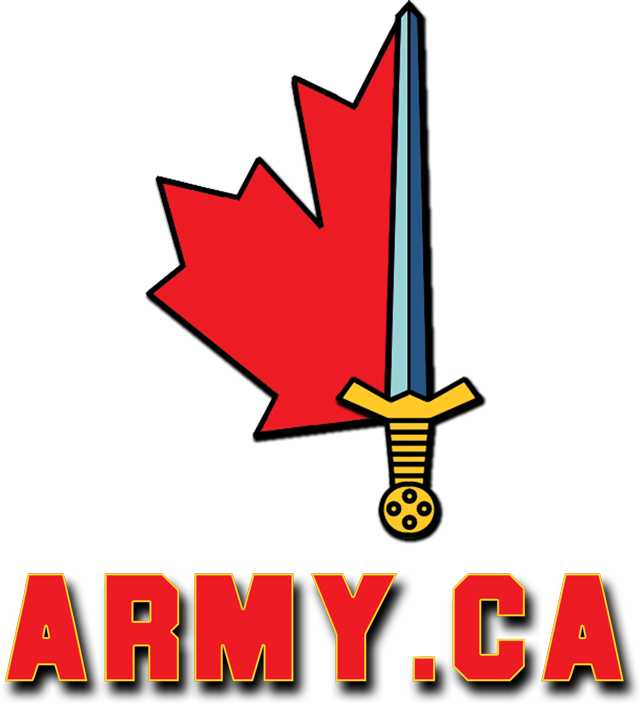Realistically, I do not see any other option for the RCAF besides continuing along with the F-35A buy at this time. We have been paying into this program for quite sometime, having made our interest very clear and have even secured valuable domestic production contracts for the aircraft. Canadian companies are building wing bulkheads, horizontal tails, circuit cards, engine monitoring sensors, landing gear, door uplocks, weapon bay door inserts, wing parts, power/thermal management system controllers, various machined parts, keel beams and hydraulic system parts to name only a few. These aren't just for Canada, but are being sent out onto F-35's throughout the entire international program.
No other options exist that can match the F-35 for cost, capability or interoperability. Many of the premier European fighters are full of ITAR components, have packed production lines, are costly or otherwise sub-par in ways that would cause issues for the RCAF. Same for basically any other realistic offering abroad. You'd need to be dealing with Lockheed Martin potentially taking legal action against the Canadian government for modifying/throwing out the contract, which is going to be costly and time intensive. This goes doubly so if another competition is ran or aircraft sole sourced, you'll see legal action there as well. Our current aircraft cannot keep trucking on, mixed fleets have serious financial and logistical issues while buying another set of used foreign fighters as yet another stop gap is foolish beyond belief.
Next generation fighter programs like GCAP or FCAS have incredibly ambitious performance milestones and delivery timelines, especially coming from nations who haven't even built or designed 5th generation aircraft themselves previously. With the Europeans looking to rearm themselves with these incredibly expensive, larger platforms (something like 3-5 times more expensive per unit than the F-35?), we won't be getting any until 5-10 years after their own airforces start getting them.
I have extreme doubts that the US would even threaten it's F-35 customers with the idea of withholding support, given that even talk of it would entirely collapse trust in the US and their MIC. There is something like 20 foreign customers who have bought or are slated to buy one model or more of the F-35, such threats against Canada specifically will cut the legs out from every single US partner across the globe. If their closest military and economic partner isn't safe from such actions or threats, nobody is. Japan, Israel, South Korea, Germany, Italy, Australia, etc, all of the major contemporary US allies, will all be at serious risk. That is the kind of undermining that does not go away once invoked, and I have a hard time considering it will be.
If the US resorts to putting this kind of pressure on Canada or other partners, we have much bigger things to worry about than just fighter aircraft. The CAF as a whole will be under serious risk of systems being unsupported across the entire force.
I understand the anger within Canada at the US, but we're between a rock and a hard place. Letting nationalism whip us up into a rage and lead us into a pretty bad decision is sub-optimal.


